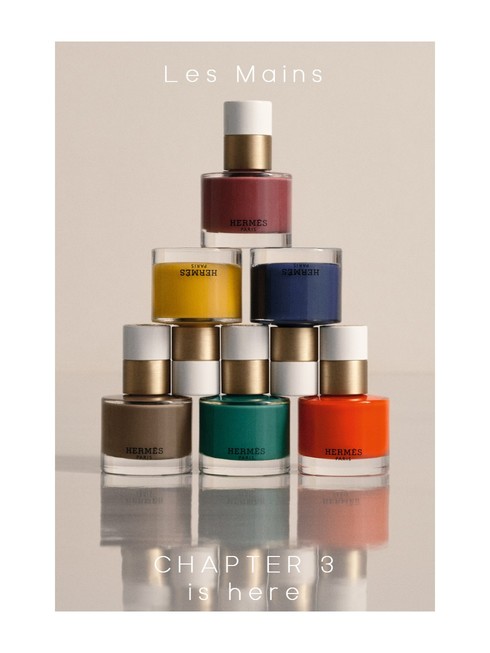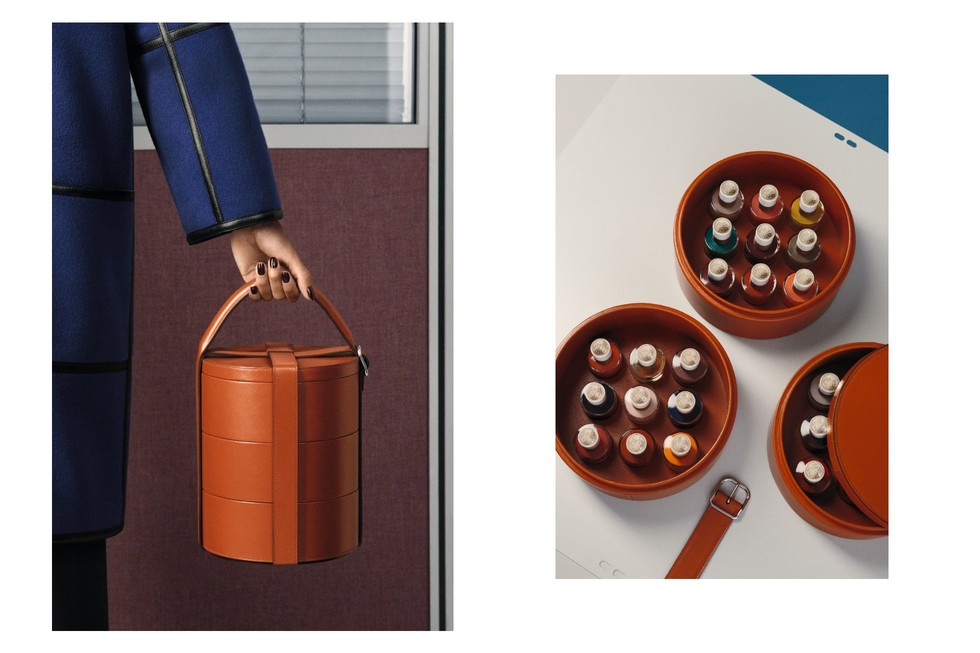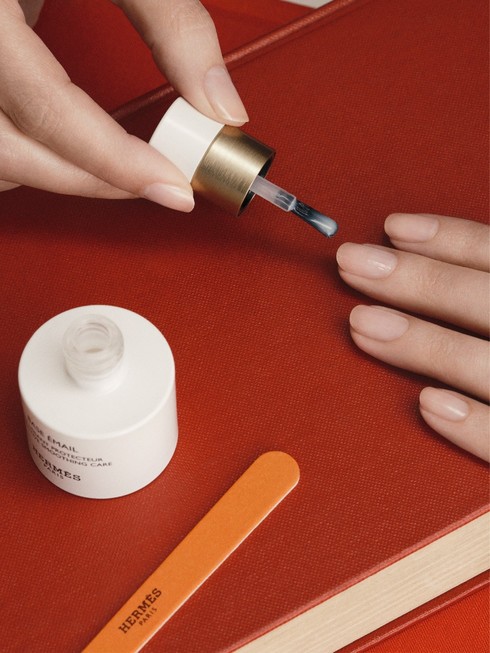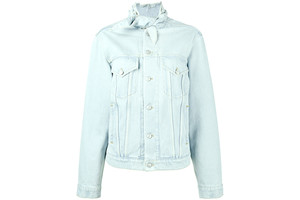The new Hair Rehab treatment by Björn Axen is a celebration to hair. The new personalized 90 minutes hair spa premiered in September, and Odalisque Magazine had to try it.
The Hair Rehab is available at limited Björn Axen salons, generated by professional hairdressers that have years of analyzing, styling, and treating hair. This hair spa gave me a better understanding of my own hair through professional guidance on how to reach my hair goals and dreams. And most important– a relaxing time, boosting my mood for the fall.
If there is something that goes with you year after year, it’s your hair. Your hair is on your head for quite some years before it falls off, or you cut it. Through thin and thick. As my professional hairdresser and my hair expert for the day Emma, said ‘treat your hair routine as your skincare’.
The hair spa starts with a warm welcome by your personal professional for the day. Entering a separate glam room in the salon. With the hairdressers first questions in the treatment:
– How would you describe your hair?
It can almost be scary reveling your hair infront of a professional: exposing your split ends, bad home coloring or the damage from the heat tools you say you don’t use. There is no lying in the hairdresser’s chair, an expert such as my hairdresser Emma, sees everything. While she doesn’t always tell you – we both know the state of the hair without saying it. With the biggest compassion for your hair drama, and after telling her your life’s story - she simply smiles and says let’s get to work.
You feel right at home and at ease. You and Emma are a team, and the goal is to create the best circumstances for your hair. You discuss not only where your hair is today, but your dreams and hopes for the future.
A tip: The consultation in the beginning is crucial for the rest of the treatment as it sets the tone. So don’t be afraid to be honest (also they will see it anyway).
.
After the careful examination of every inch of your hair and scalp – a exfoliating and detoxing scalp treatment is next. The exfoliation is done to refresh from eventual excessive left over from products. For the following treatment to later be absorbed as best as possible.
Following your earlier consultation about your goals and needs, it’s time for the treatment. A minimum 10-minute-long spa where your hair gets drenched in the most refreshing and loving hair mask. For me it was Björn Axen’s Signature The Hair Mask, An intensive moisturizing and repairing hair treatment enriched with vegan keratin and provitamin B5 which together strengthens and deeply moisturizes the hair. Combined with a hair mask specialized for the scalp that calms and I could feel my hair smiling. I even learned something new on how to properly apply a hair mask - but that’s a secret you will have to see for yourself if you go to your own hair rehab.
Under the 10 minutes heat, the mask gets to work while you drink your selection of choice and relax. During the session, the hairdresser said something that strock me. ‘’A lot of us actually don’t take care enough for our hair’’. My first thought was: - really? not me, right? I use my hair mask each week, I haven’t used a heat tool in over a year. So, how can I be doing my hair wrong? I learned, it was in the choosen products I have used. I listened frequently on what’s the best sellers on the market with key words such as ‘’repair’’, ‘’rebuild’’, ‘’split ends’’, ‘’protect’’ - which is right in one way, but not to use all the time. I learned that, I was using the wrong products for my hair - my hair needed hydration, oils and moisterize - to achive my hair goals.
.
The last step of the treatment is understanding how to style your hair the best, to reach your goal. The styling step is to follow through with the goals you sat in the beginning. As Emma told me: ‘’It’s those small gestured in our everyday life that adds up to weeks, months, and years of how our hair care is.’’ And this step, is where I learned the most.
The styling step, you get to learn how to make your hair feel better, depending on your situation. If you use heat tools, color your hair a lot and what products to use. A new favorite of mine is Björn Axen’s The Argain Mist Oil, it smells absolutely amazing – a sweet yet sophisticated scent – which detangles my hair and leaves it soft and shine. Now it’s your time to shine at home.
I would recommend visiting Hair Rehab as a spa for yourself, or as I believe would be more powerful - as a part of your hair cut appointment. Getting that exclusive time with your hairdresser is crucial to maintain that fresh ‘’saloon feeling’’. Talking about what’s best for you.
Finally, if the spa wasn’t enough - a farewell gift is given at the end of each session, a tailored package of five products. Making it the best way to restart your hair journey. Since sometimes, we simply forget what’s best for our hair compared to what’s the hottest product on the market right now. With all the knowledge you learned, now it’s your time to shine at home.
Read more about the treatment at Björnaxen.com
























